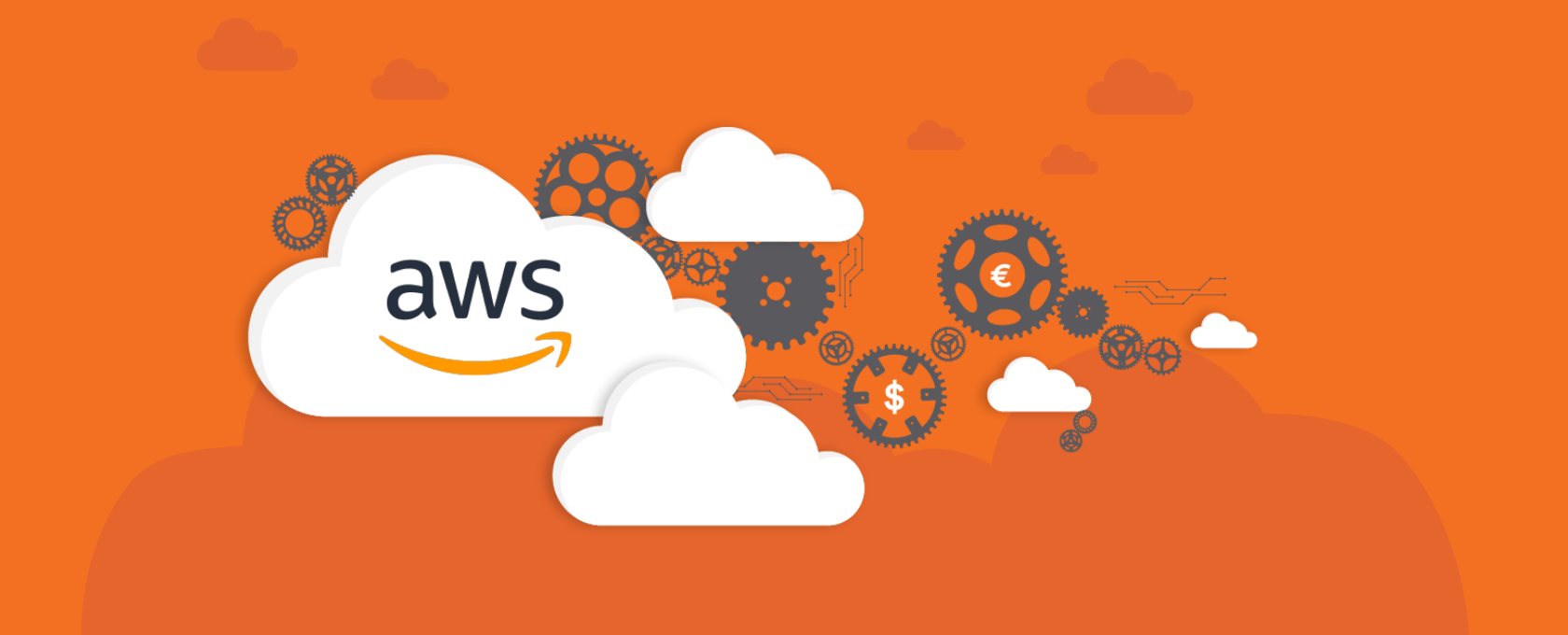How to Optimize Cost in AWS? [Complete Guide]
If you are an AWS user and interested in knowing how to optimize cost in AWS then keep on reading. Cause here you will find several AWS cost saving strategies that can definitely help you reduce the AWS cloud spending bill.
A massive chunk of global businesses are opting for AWS– the most dynamic ecosystem– to host their cloud infrastructure. But, the question is how well they handle their cloud costs. As per cloud spending reports by Flexera, cloud service providers (including AWS) estimate their internal waste in public cloud computing to be close to 30%.
Though, it’s practically not possible to reduce the wastage to 0% but a small decrease can be helpful. That’s why implementing cloud cost optimization best practices is crucial.
Before moving ahead with the AWS cost optimization tips, it’s important to learn what are the root causes of wasteful spending in the cloud.
Reason Behind Wasteful Spending in AWS Cloud
There can be several reasons, however, here’re some common root causes that you can pay attention to.
- Overprovisioning resources: This is one of the primary reasons. This occurs when you allocate more resources than it’s actually required. As a result, it leads to unnecessary costs since you pay for resources that are not put to good use.
- Unused or idle resources: Spending waste skyrockets when AWS resources are accommodated but not actively used or inactive for extended periods of time. EC2 instances, for example, are only used for a few hours each day. However, when you leave them running continuously for 24X& can result in a considerable cost increase.
- Lack of resource monitoring and optimization: Finding and eliminating excessive spending is difficult without effective monitoring and optimization procedures. You can discover idle or underutilized resources and take the appropriate steps to optimize costs by regularly monitoring resource consumption, performance, and cost data.
- Failure to leverage cost-saving features: AWS offers various cost-saving features and services which include Reserved Instances, Savings Plans, Spot Instances, and storage classes like Glacier and Glacier Deep Archive. Missed chances for cost savings may stem from ineffective use of these features.
- Inefficient application architecture: When application architectures are poorly designed, it can lead to higher cloud cost consumption. Plus, inefficient use of computing, storage, and database resources could also be the reason for wasteful spending.
- Lack of automation: When you manually configure and manage resources, it not only consumes a lot of time but is also prone to human errors.

- Inadequate cost governance and control: In order to manage and track costs effectively, it’s important that cost governance and control mechanisms are rightly maintained. If not, then it can result in uncontrolled spending and waste.
- Unoptimized data transfer and network costs: Costs associated with transferring data between various AWS services, regions, or on-premises settings are crucial. They can soon build up into suboptimal network setups or ineffective data transfer patterns if they are not optimized. Therefore, they might encourage unnecessary spending.
- Lack of cost awareness and education: Sometimes lack of awareness and education regarding AWS cost optimization practices results in wasteful spending. Hence, it’s critical for organizations and individuals to understand the cost implications of their actions. Side-by-side continuously learn about cost-optimization techniques.
Important Tip: When in doubt, it’s always wise to seek help from experts. If you want to optimize and manage the financial aspects of existing cloud infrastructure, professional Cloud FinOps Services would be the best option.
Pillars of AWS Cloud Cost Optimization
Whether your workload or architecture is large or small, these five cost optimization pillars apply to all cloud environments.
1. Right Sizing
It includes selecting the correct instances for the resources. The 1st pillar of optimization is to always choose the cheapest available instance that meets your needs. Therefore, you can’t overlook the usage of CPU, RAM, network, etc, and decide where it can be scaled down.
2. Elasticity
Adding flexibility to your application i.e. using the resources when you need them and turning them off when not in use. So, increased elasticity plays an important role in reducing cloud costs.
Tip: Use the AWS auto-scaling option to use the instances when needed.
3. Right Pricing Model
After choosing the right size and making the usage of your instances flexible through auto-scaling or scheduling functions, now it’s time to choose the right pricing model. Using the cost explorer and trust advisor by AWS, you can ensure that you are using the correct pricing model.
4. Optimize Storage
Just like the right size and right pricing model, optimizing the storage is equally important. To get the most out of your storage expenditures, it’s recommended to optimize storage every month.
5. Monitor
Last but not least, the fifth pillar is to perform continuous monitoring and measuring of your environment for optimizing cloud costs. Thus, measure and monitor to attain continuous cost optimization.
Conclusion
AWS cloud service provider has nearly thousands of different combinations and pricing models for its customers. It can overwhelm the most experienced IT hands. However, there are experts that have a thorough understanding of the cloud and can guide your company in determining where it can improve for cost- and efficiency savings. They are able to assist you in developing an optimization strategy for your business thanks to their all-encompassing approach. Thus, take the next step and consult our cloud experts now for optimizing costs in AWS.

